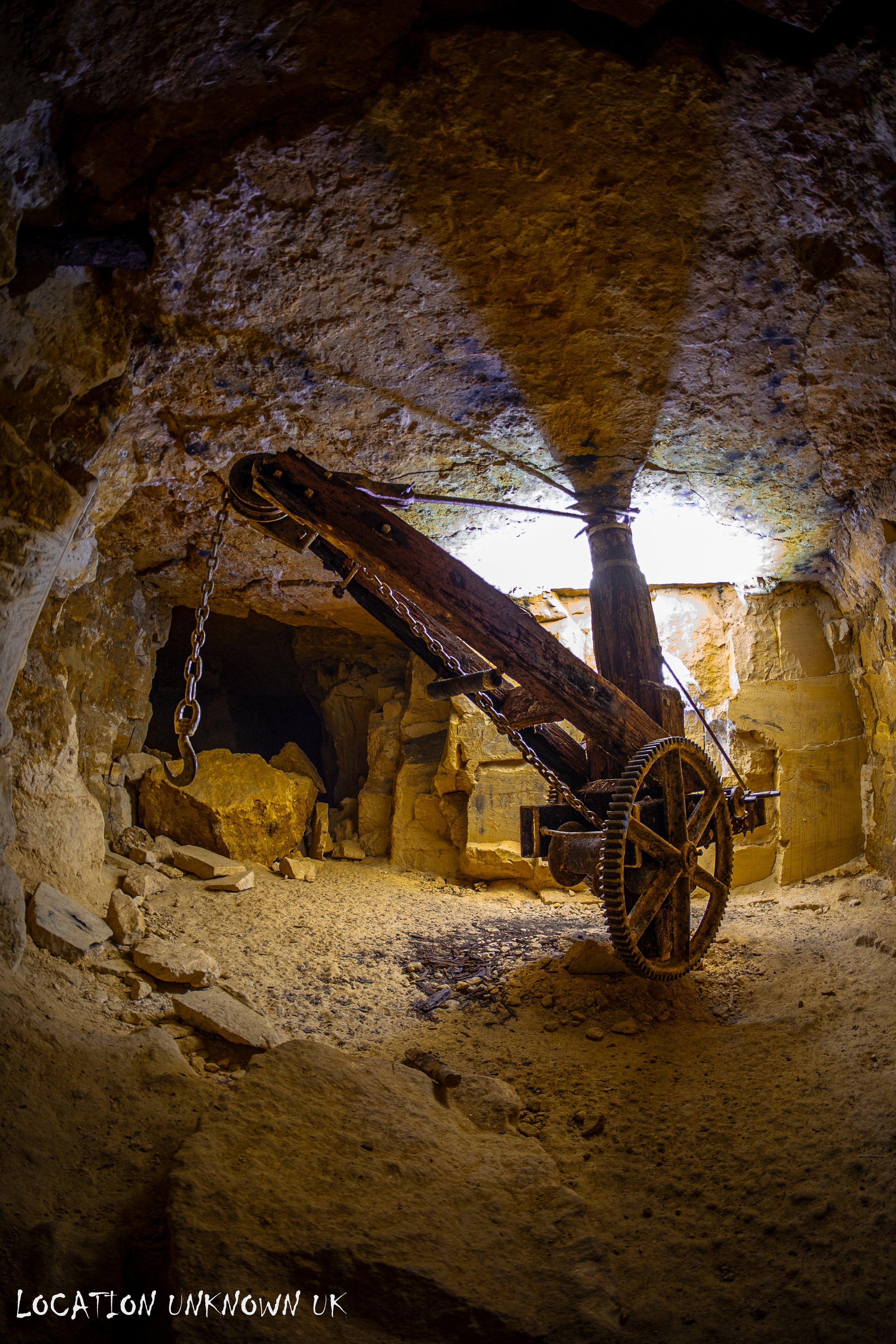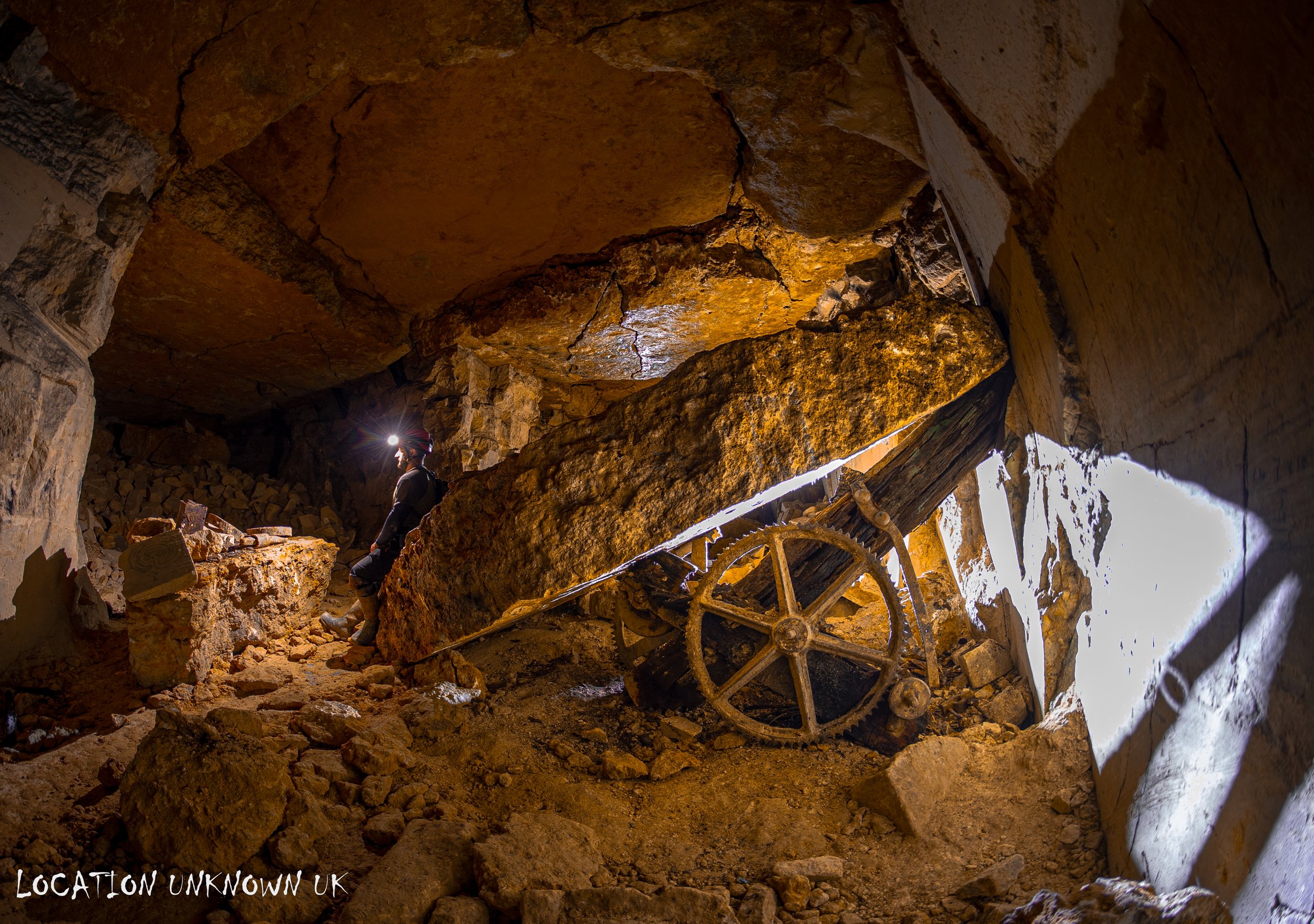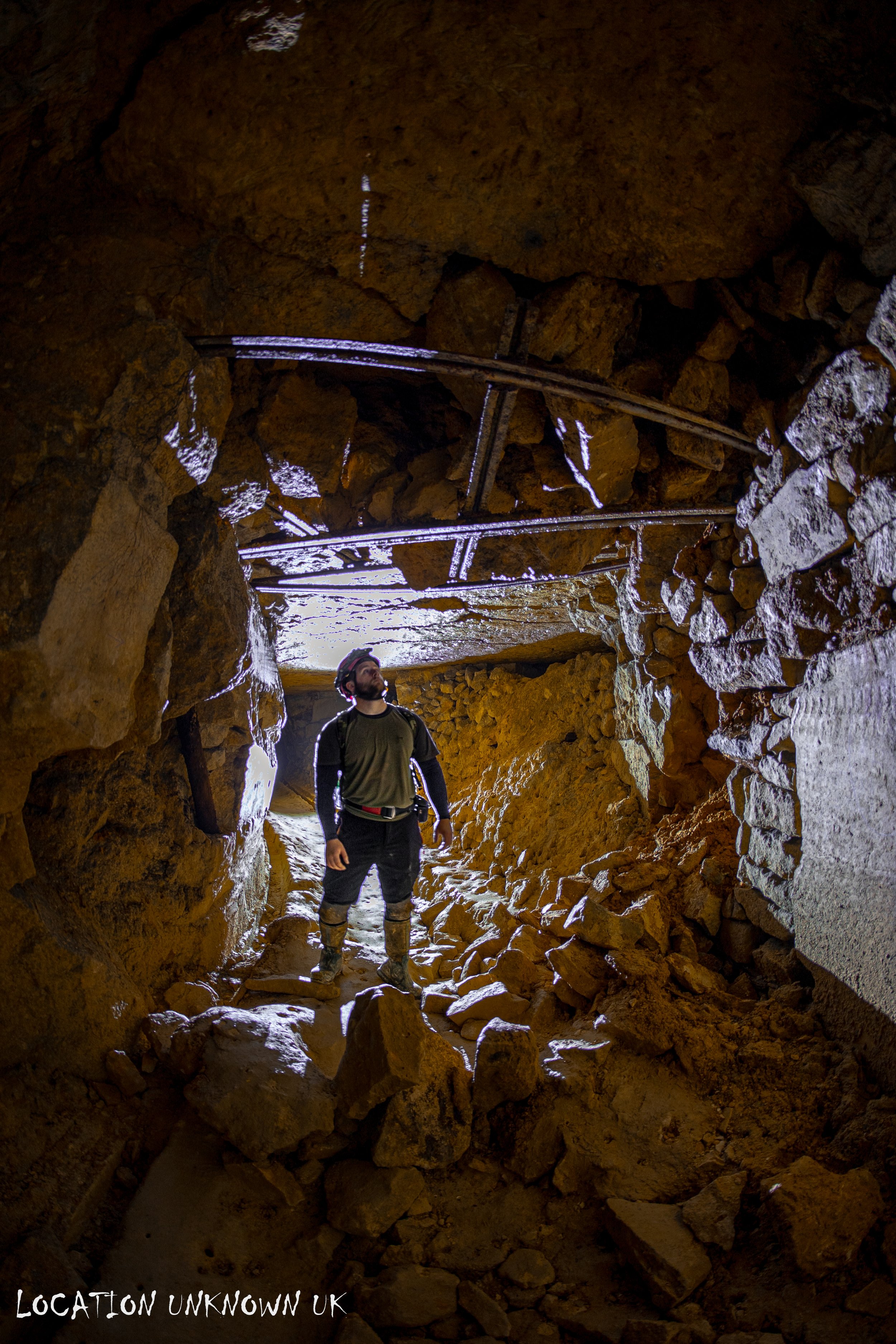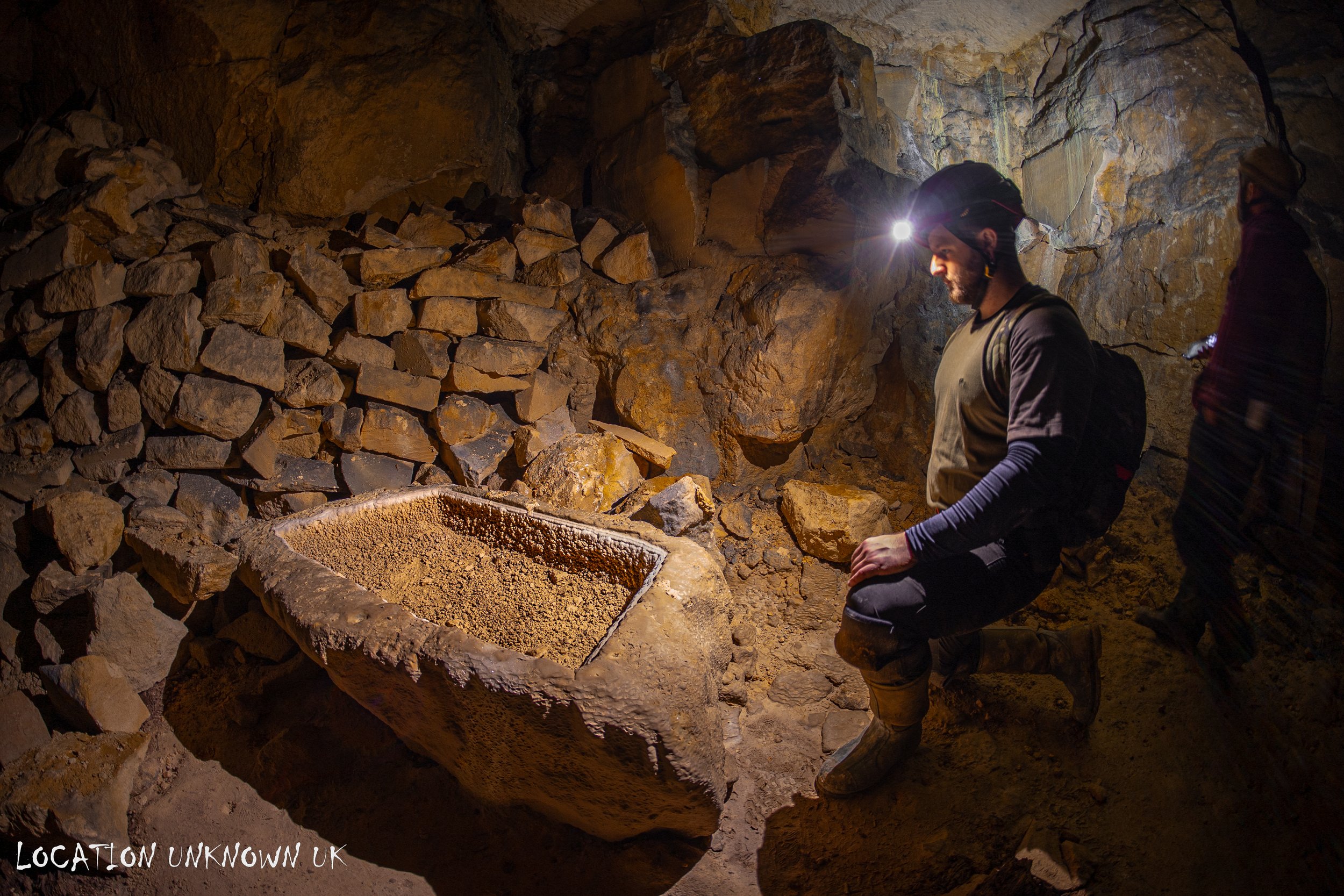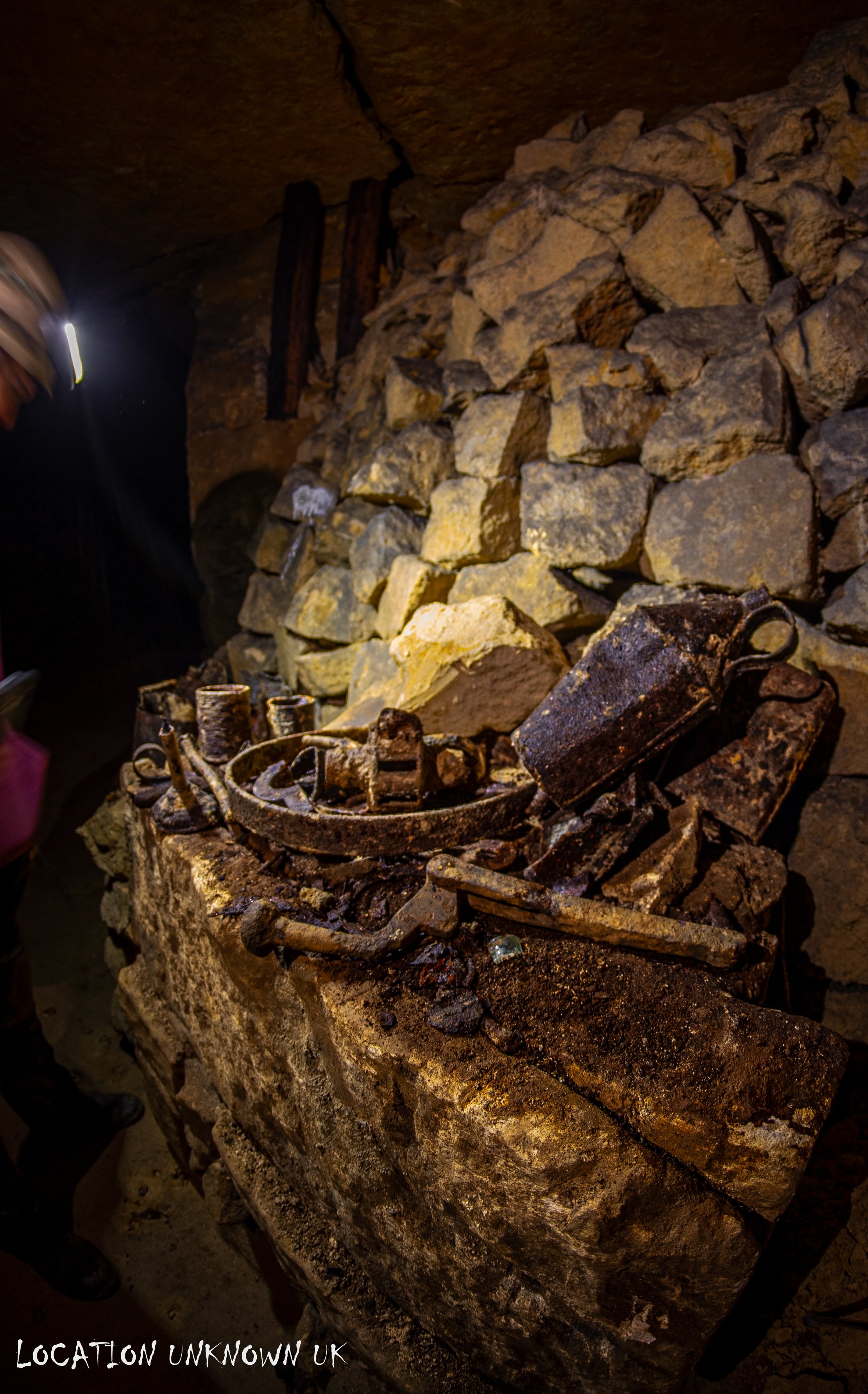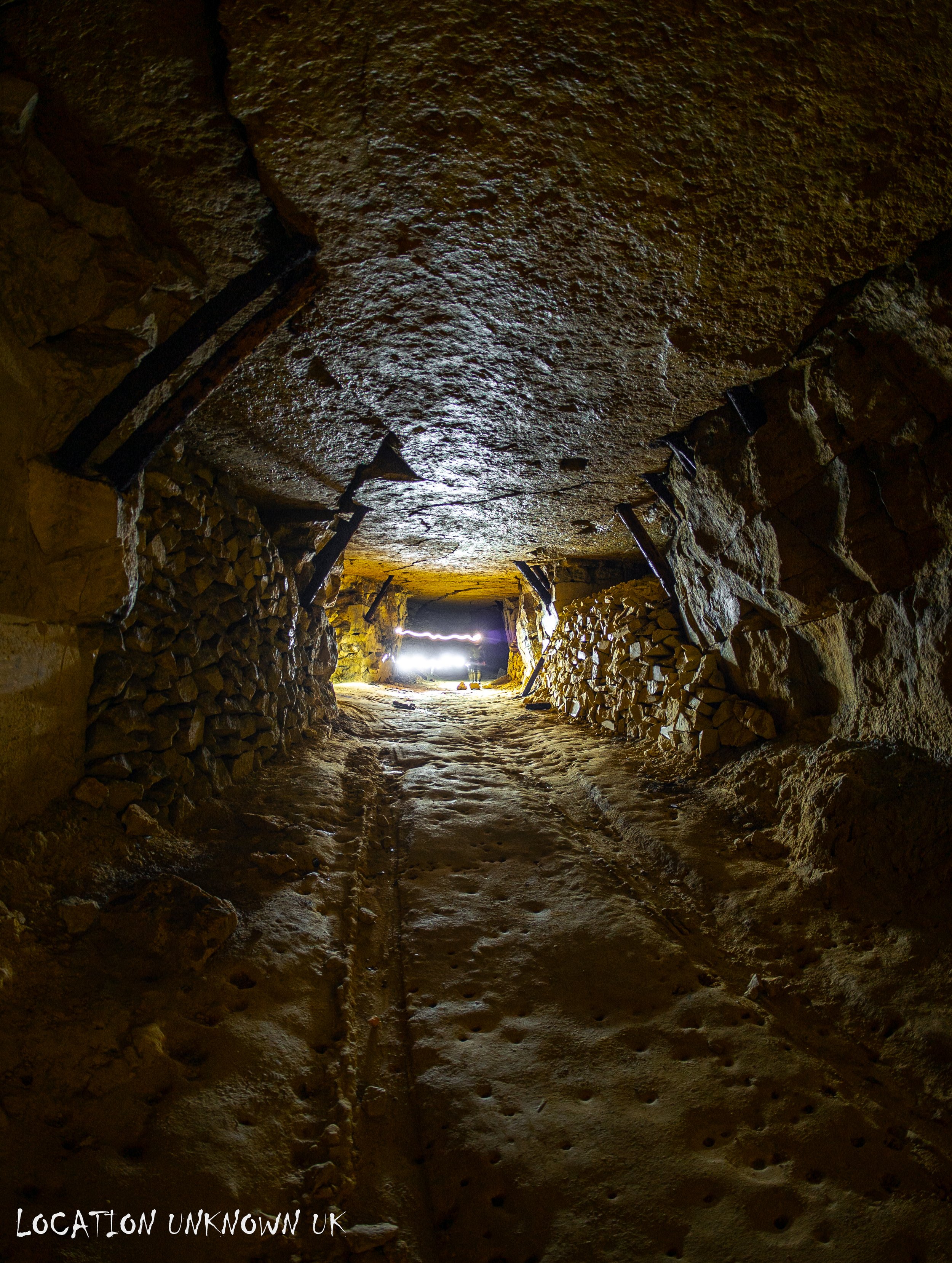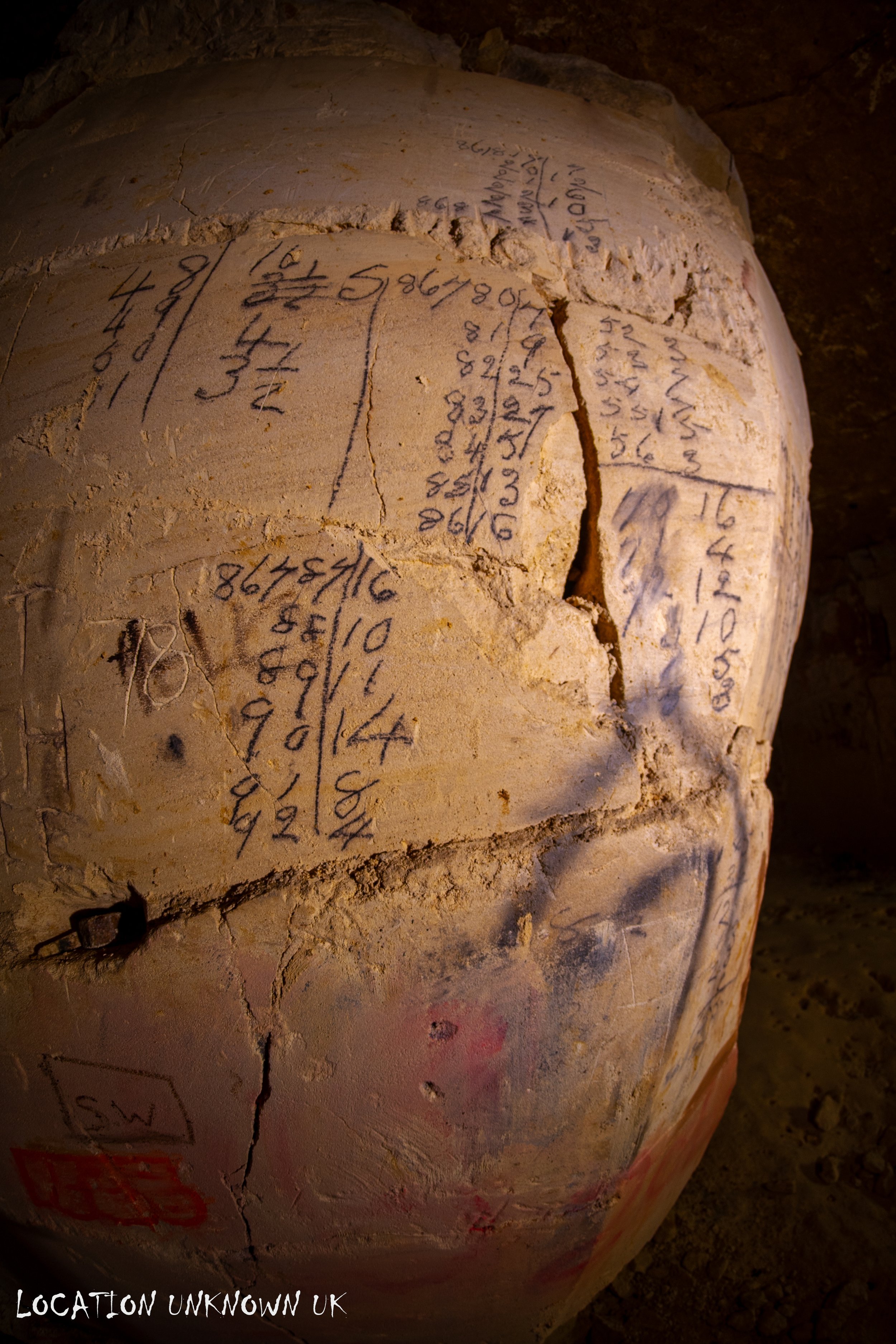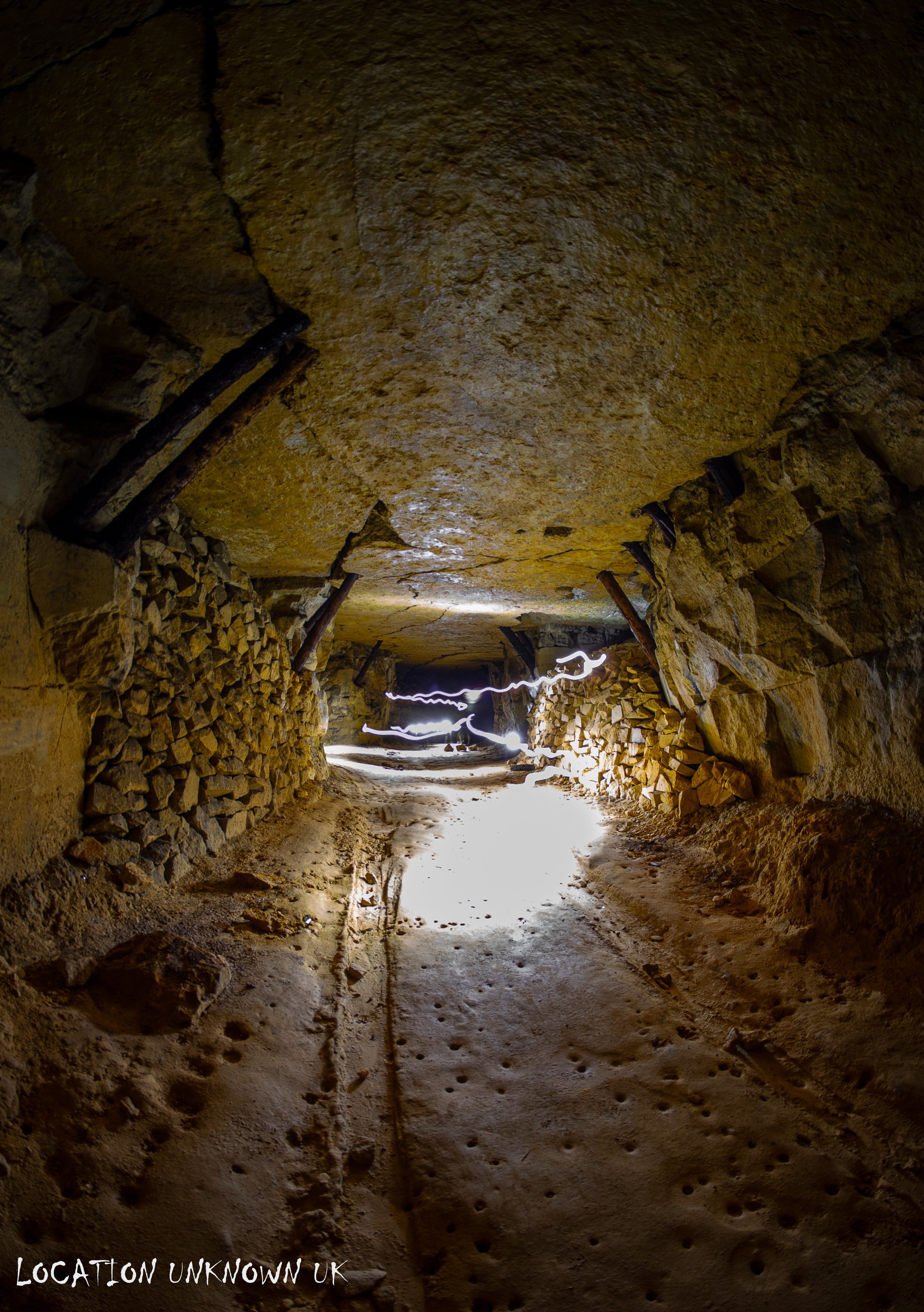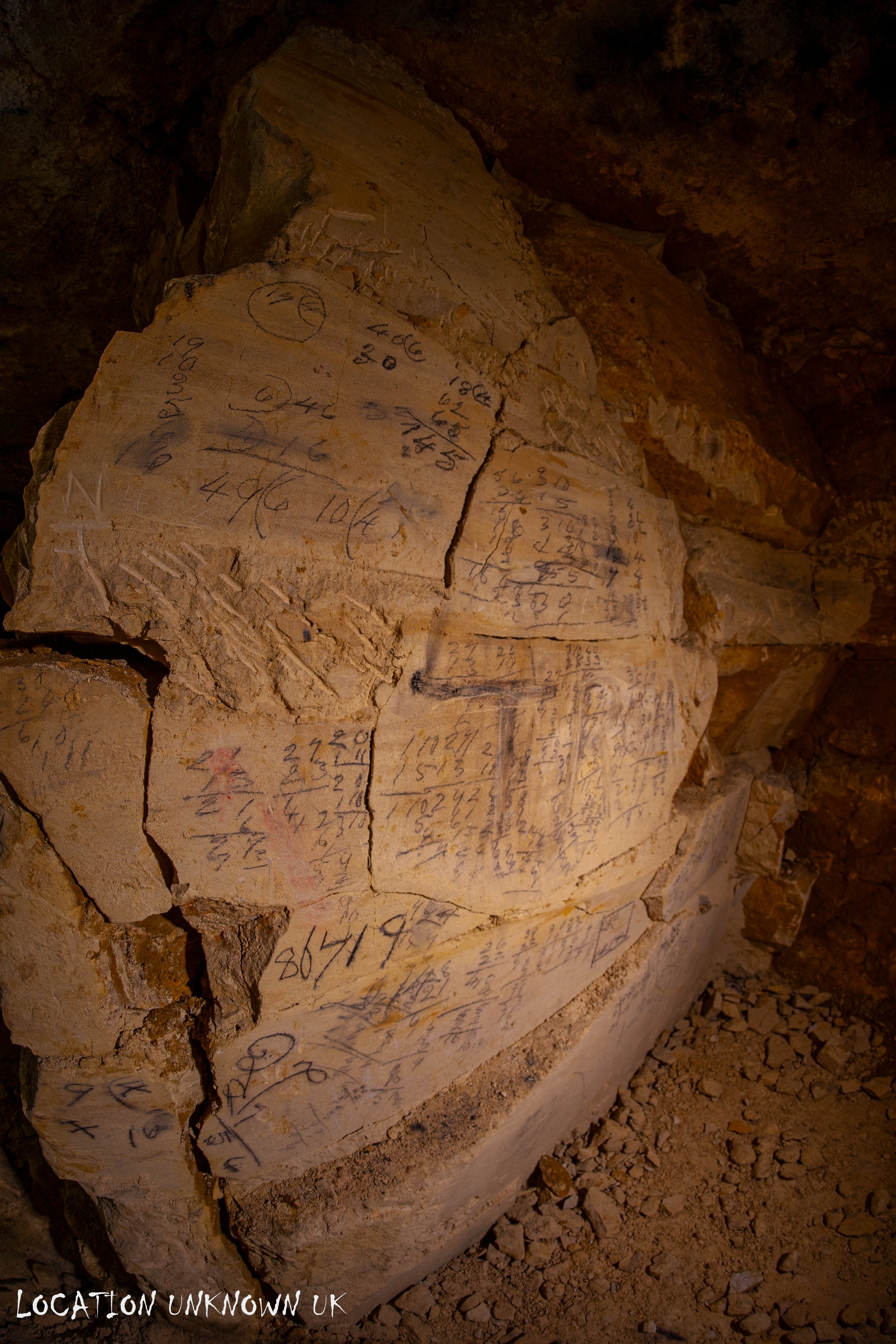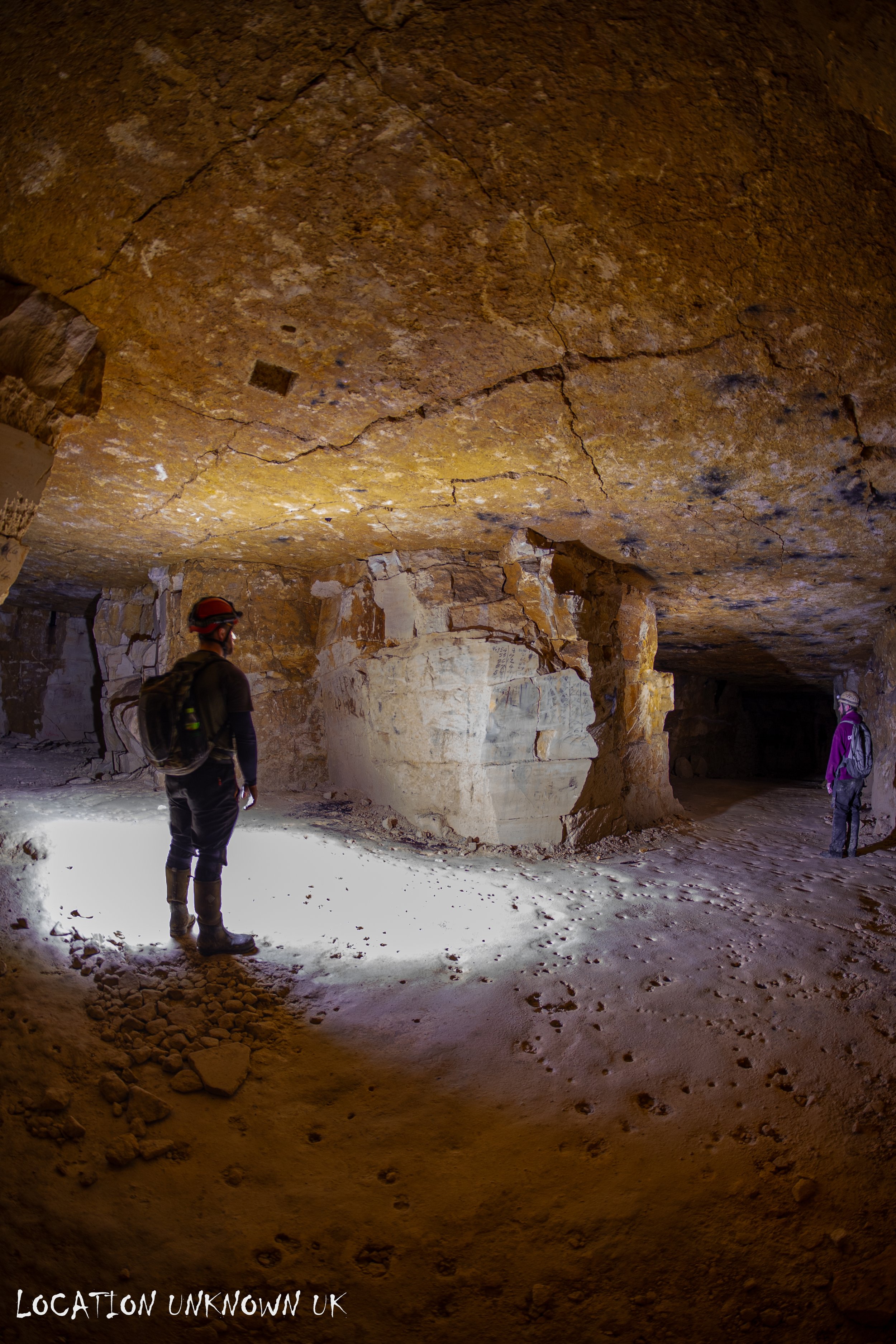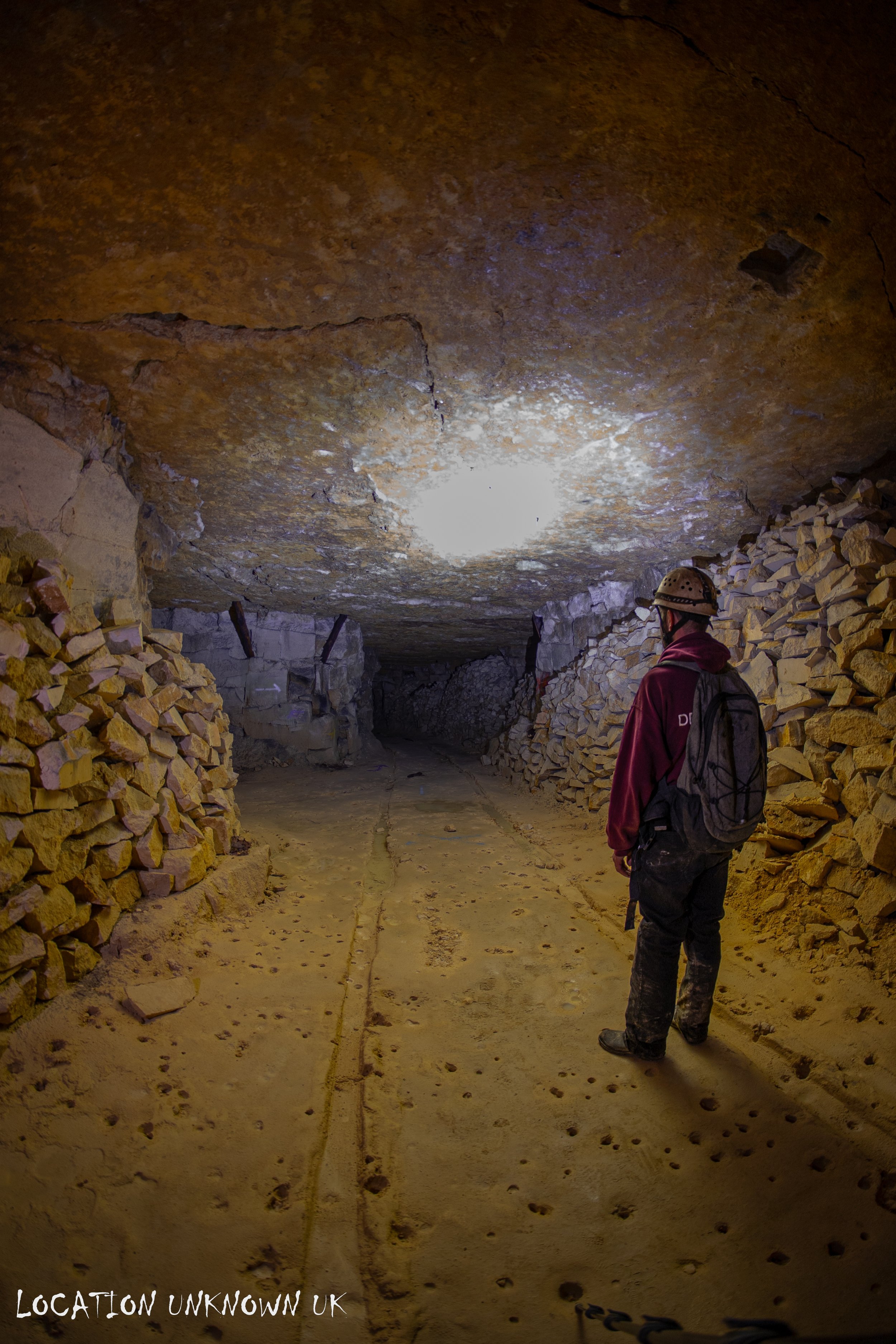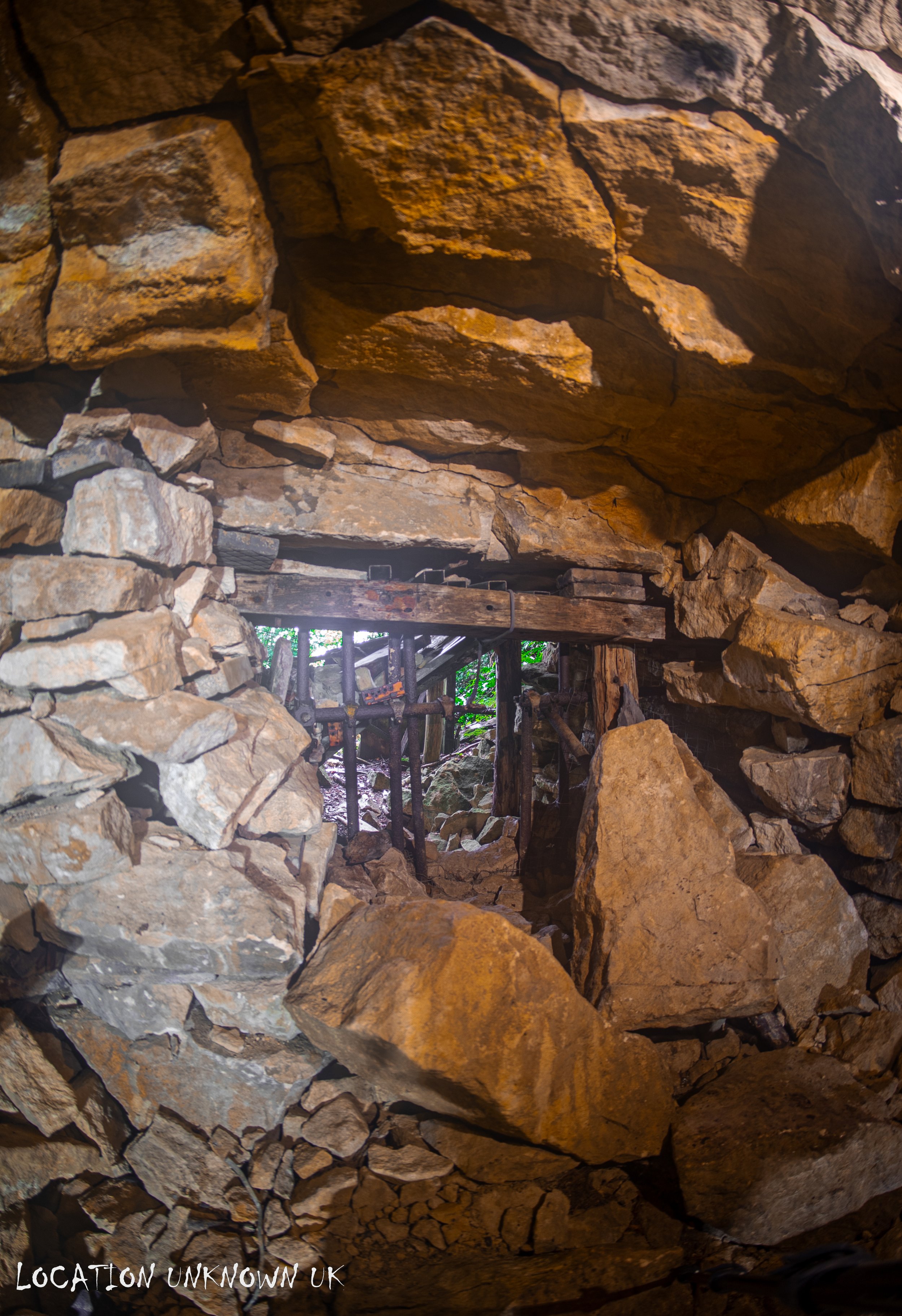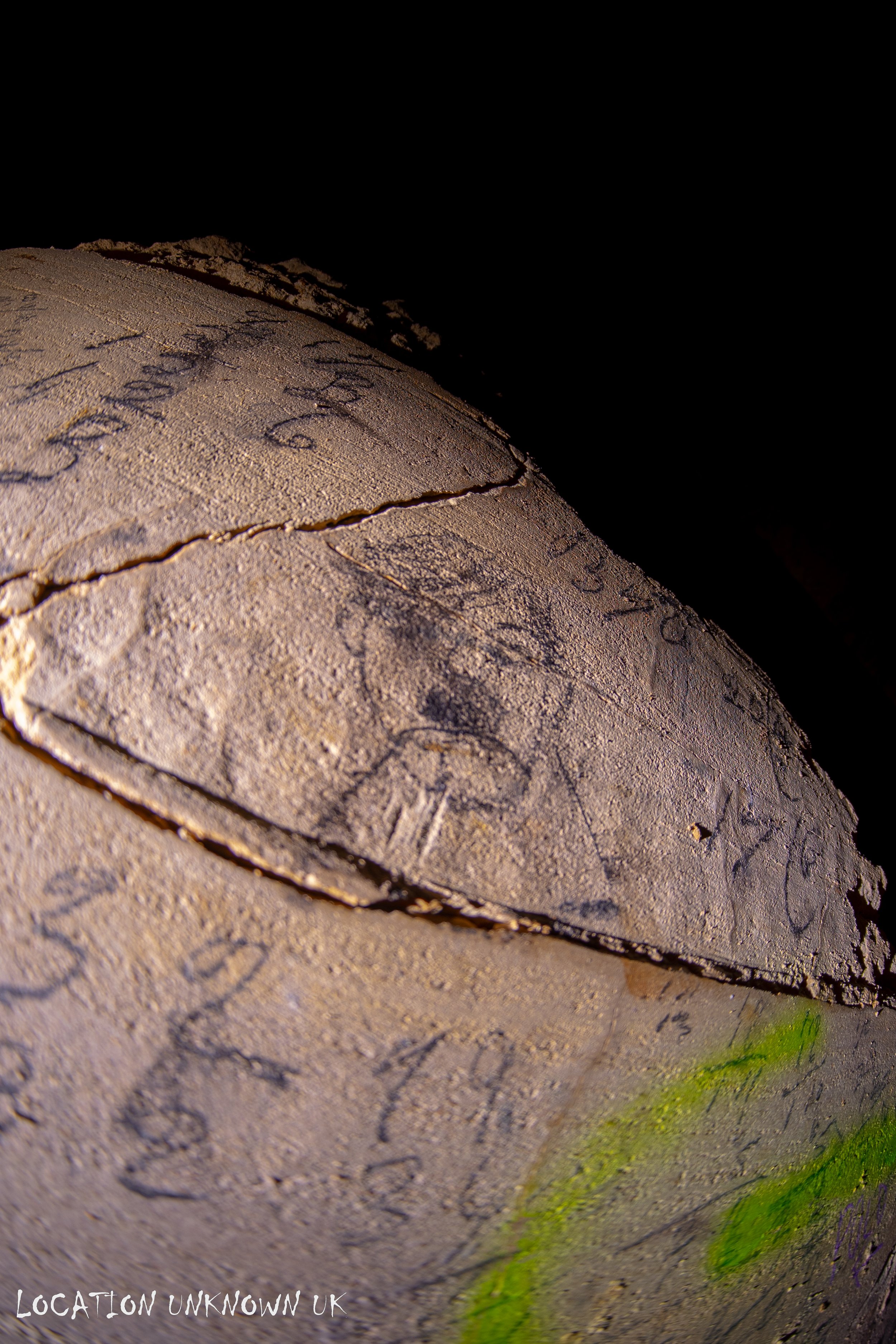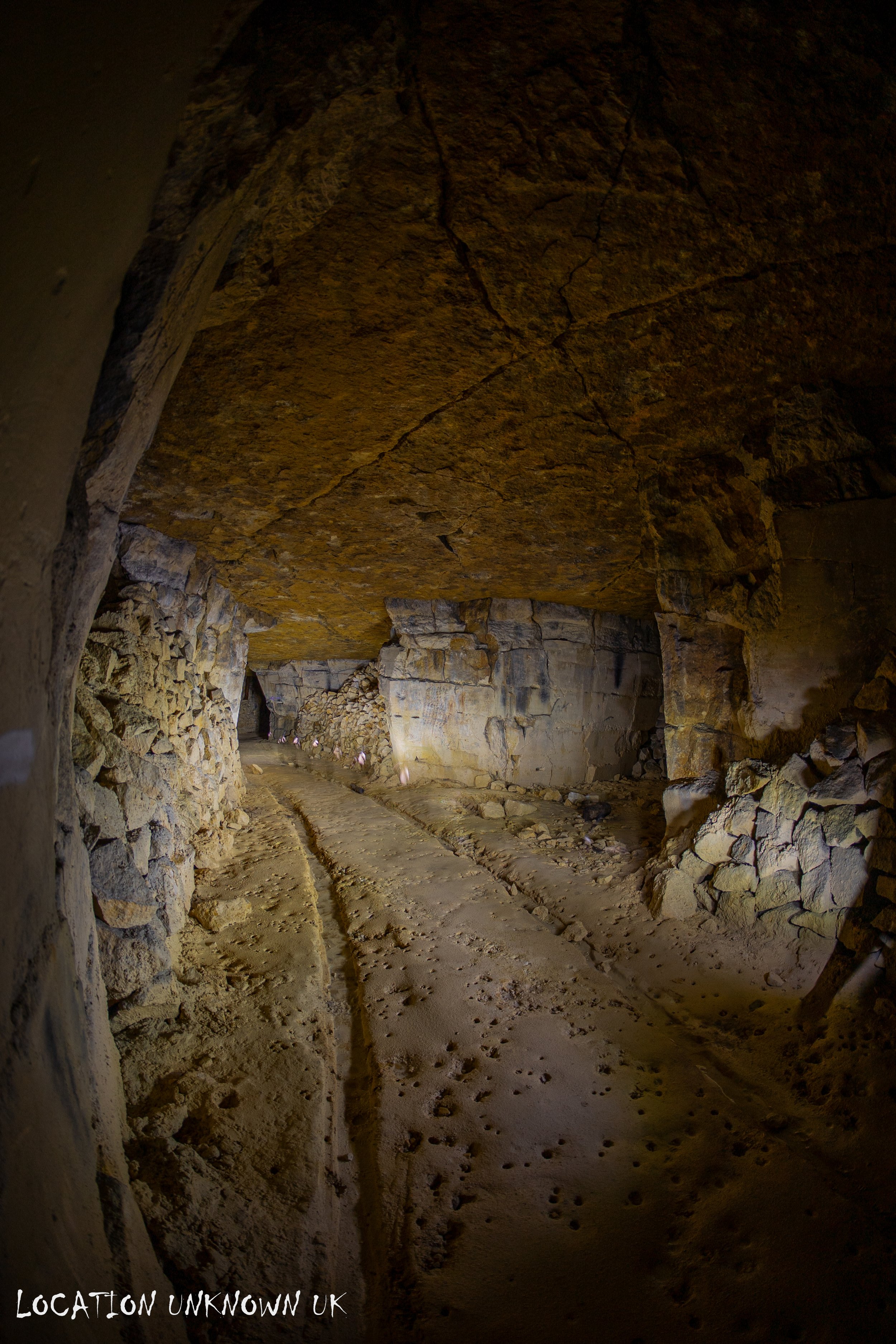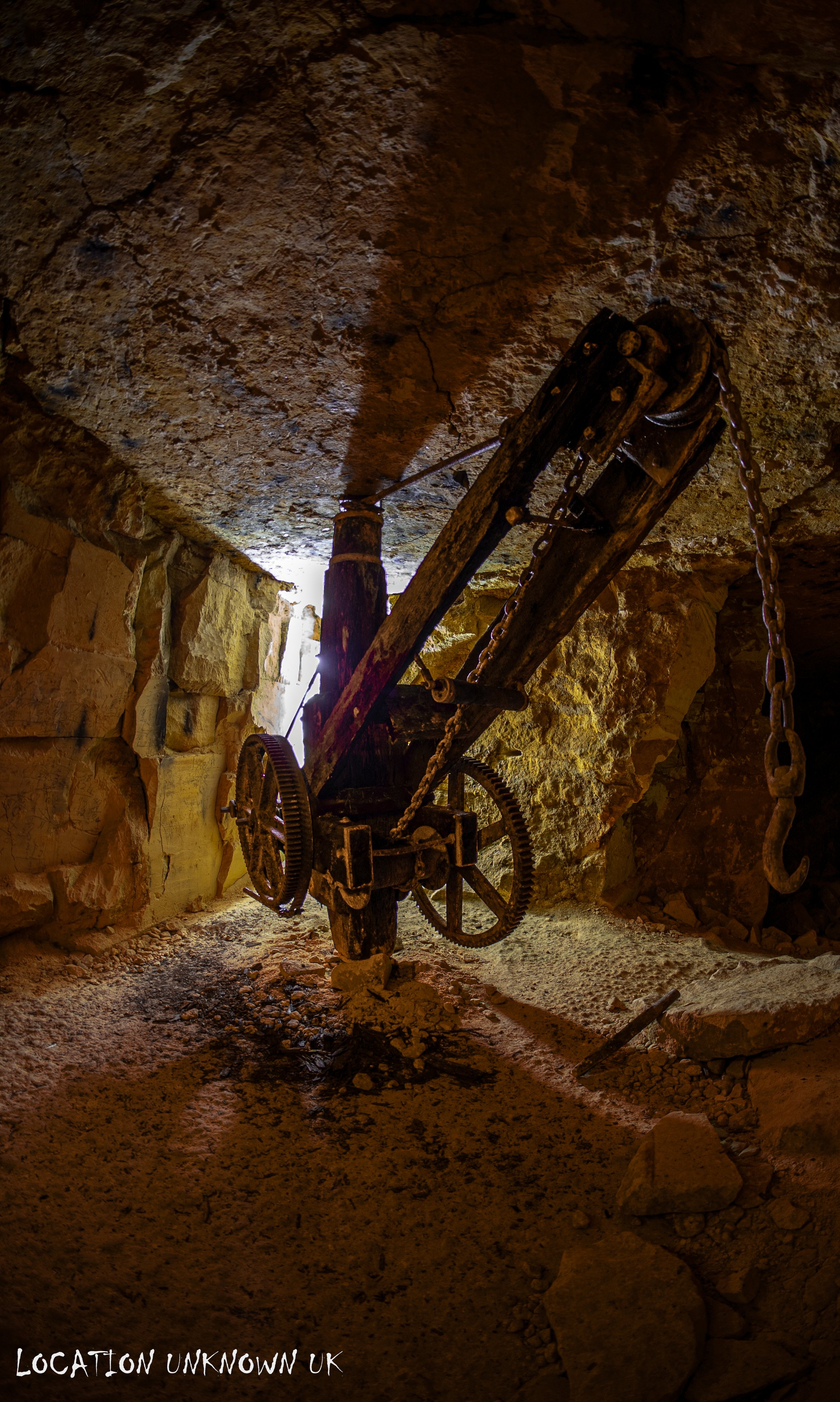Swan Mine - Bath
During a few nights exploring Bath, I visited one of its notable mines. Access was straightforward, with convenient parking nearby and several entrances to choose from—we opted for the easiest route. Once inside, navigation proved manageable, especially with a survey in hand which made it easy work.
This mine is among the more frequently visited in the Bath area, although the increasing presence of graffiti over the years has detracted from its historical charm. Despite this, the site retains several fascinating features, including remarkably well-preserved cranes, some still operational and horse troughs that can be seen scattered throughout the tunnels.
While smaller compared to other stone mines in the region its definitely still worth a visit.
History
“Kingsdown Quarry, also known as Swan Mine due to its proximity to a nearby pub, is an 18th-century Bath stone mine. Bath's stone mining heritage dates back to Roman times when the golden limestone was used for structures like the Roman Baths. Bath stone reached peak popularity during the Georgian and Victorian eras (18th–19th centuries), becoming a preferred material for iconic landmarks such as The Royal Crescent, The Circus, and Bath Abbey. The Industrial Revolution advanced quarrying techniques, but the 20th century saw a decline in demand, leading to widespread closures. Swan Mine, a small operation, was active until 1932 and was the last UK mine to use a horse and cart. Hoof marks, cart tracks, and drinking troughs remain visible today. By 1896, only 13 workers remained, with at least two fatalities recorded from roof collapses”.
